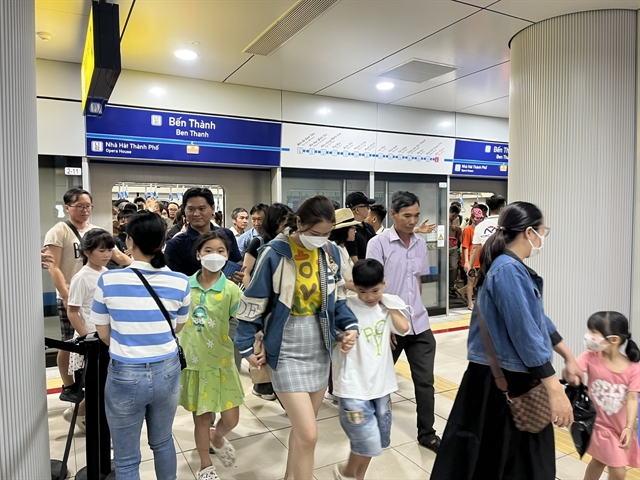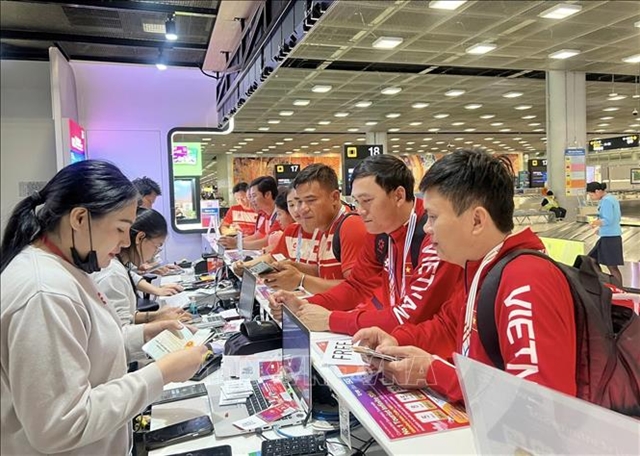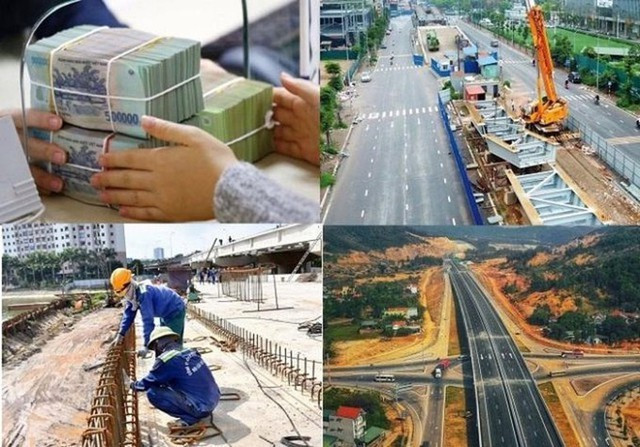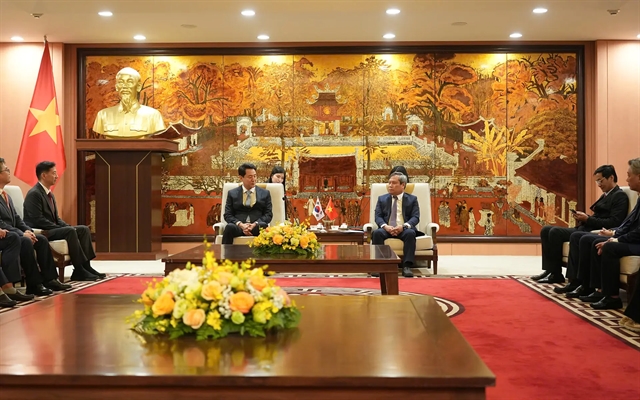 Economy
Economy

 |
| Passengers disembark from a Metro Line 1 train at Thảo Điền Station, Thủ Đức City. — VNA/VNS Photo |
HCM CITY — The People’s Committee of HCM City has unveiled an implementation plan for the National Assembly’s resolution on accelerating the city’s urban railway network through special pilot policies and mechanisms.
With a goal of completing 355km of metro lines within the next decade, the city has identified a series of tasks, including drafting regulations to concretise National Assembly's Resolution 188 (on pilot implementation of certain special mechanisms and policies for the development of the urban railway network in Hà Nội and HCM City), mobilising and allocating investment capital, preparing project implementation, developing transit-oriented urban areas, advancing railway industry technology, and managing construction materials and waste disposal.
City leaders have already assigned responsibilities to relevant departments and agencies towards this end.
In the initial investment and preparation phase, HCM City will draft a detailed investment plan under Resolution 188, with an urgent priority to begin construction on Metro Line 2 (Bến Thành – Tham Lương) by December this year.
By April, municipal authorities are expected to finalise the transition of funding from Official Development Assistance (ODA) to public investment.
At the same time, feasibility study reports for the remaining six metro lines will be drafted, reviewed and approved, alongside plans for compensation, support and resettlement for affected residents.
Subsequent steps include land clearance, infrastructure relocation, and a review of power supply plans to ensure energy availability for urban rail projects.
The city will oversee contractor selection and ensure timely project execution.
To build a skilled workforce for the metro network’s expansion, the Department of Transport and Public Works has been tasked with developing a training programme for railway officials and personnel through 2030, with a long-term vision extending to 2050.
The city estimates that around US$40.2 billion will be required over the next 10 years to construct the 355-kilometre metro system.
Resolution 188 provides mechanisms for mobilising funds from multiple sources, including the State budget, local revenues from transit-oriented development (TOD) and bond issuance.
Under its investment strategy, HCM City will incorporate metro projects into its medium-term and annual public investment plans, securing VNĐ209.5 trillion ($8.2 billion) in central budget allocations for local projects. Additional funds will be drawn from revenue growth, expenditure savings and other legal financing sources. The city also plans to attract further ODA and concessional foreign loans.
To supplement funding, HCM City will issue local government bonds to finance metro projects while closely monitoring public debt risks.
Authorities will allocate annual budgets to support scientific and technological advancements in the railway sector.
The city has ordered a review and adjustment of zoning plans around metro stations, ensuring that urban planning, architecture and infrastructure meet project demands. This includes reassigning land-use allocations within TOD zones to maximise land value and implementing land auctions in station-adjacent areas to fund further development.
Under the outlined roadmap, specialised agencies, project investors and local authorities will be responsible for structuring personnel and operations to ensure smooth execution. Each agency must proactively draft its own implementation plan within its jurisdiction, aligning with project objectives and deadlines.
Regular progress reports are to be submitted quarterly and annually to the HCM City People’s Committee via the Department of Transport and Public Works. A mid-term review of Resolution 188’s implementation is scheduled for the third quarter of 2026. — VNS




